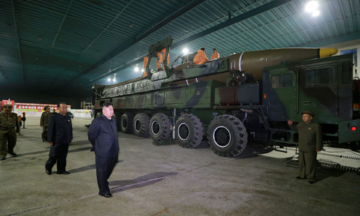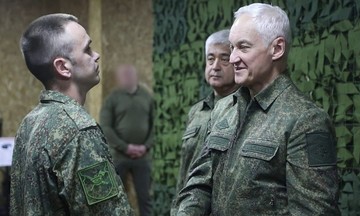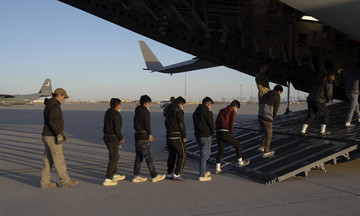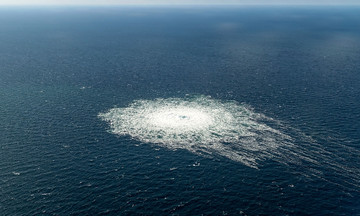In the early morning of 22/6, the US military launched Operation “Night Hammer,” striking three key Iranian nuclear facilities: Natanz, Isfahan, and Fordow. These sites play crucial roles in producing or storing enriched uranium.
US President Donald Trump declared, “I can inform the world that these airstrikes were a resounding military success. Iran’s key nuclear enrichment facilities have been completely wiped out,” and warned Tehran against retaliation.
However, Hassan Abedini, deputy political director of Iranian state television, said the nuclear facilities were evacuated before the US strikes and “did not suffer major damage, as nuclear materials had already been moved.”
To assess the extent of the damage inflicted by the US, experts began analyzing satellite images of Natanz, Isfahan, and Fordow after the strikes.
Fordow ‘Nuclear Fortress’
Fordow, Iran’s most important nuclear enrichment facility, is built deep inside a mountain in the central province of Qom to protect it from aerial attacks.
Key parts of the Fordow complex are believed to be 80 to 90 meters underground, earning it the nickname “nuclear fortress.” Analysts have long believed that the US is the only military force possessing the massive, nearly 14-ton GBU-57 bunker buster bomb, capable of penetrating such depths.
A US official told CNN that the military used six B-2 bombers, dropping a total of 12 GBU-57 bombs on Fordow. Satellite imagery analysis reveals at least six large craters at the site.
According to images released by Maxar, these craters cluster around two close locations at Fordow, along the mountainside above the underground complex. The mountainside's color has changed significantly, with a large area covered in gray ash.
N.R. Jenzen-Jones, a weapons expert and director of the Armament Research Services (ARES) research company, identified the six penetration points on the mountainside as evidence of GBU-57 usage.
He speculated, “The larger holes at the center of the two impact clusters have unusual shapes, suggesting at least two bombs hit the same spot. This aligns with the theory of an attack on a deep underground target like Fordow.”
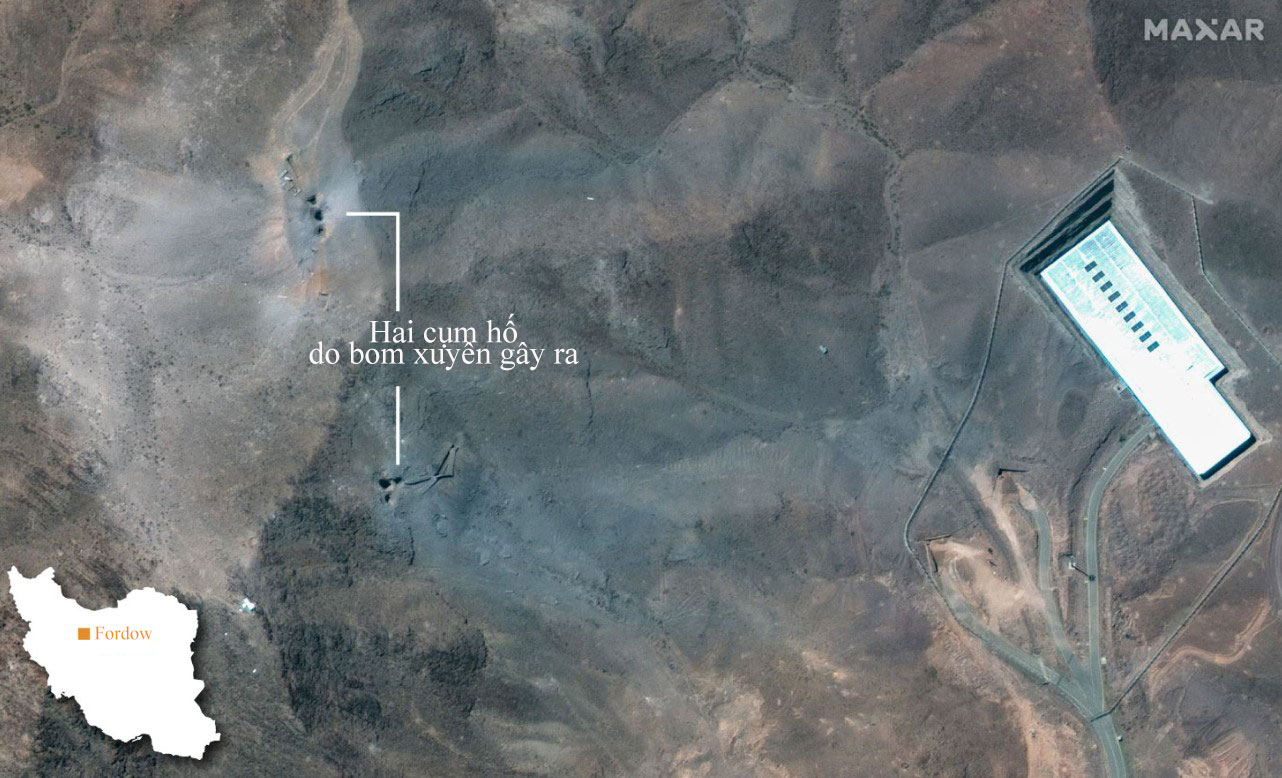 |
Large craters appeared on the mountainside at the Fordow nuclear facility. Image: Maxar |
According to Jenzen-Jones, attacking a deep underground target like Fordow requires multiple, precisely placed bunker busters to “clear a path” to the deeper, more fortified areas.
Rafael Grossi, head of the International Atomic Energy Agency (IAEA), said Fordow was "directly impacted." However, he added it's too early to assess internal damage.
“Of course, significant damage cannot be ruled out,” he said.
Based on satellite imagery, David Albright, president of the Institute for Science and International Security (ISIS), believes the uranium enrichment and support areas at Fordow “suffered extensive damage.”
Albright suggests the GBU-57 bombs targeted the facility’s ventilation system and the main chamber housing the centrifuges.
“I think the goal was to eliminate the centrifuges and the underground facility at Fordow. The possibility of complete destruction of the underground area is very high,” he said, but noted more time is needed for a full damage assessment.
Pre-strike satellite imagery suggests Iran may have reinforced tunnel entrances leading to the underground facility, seemingly anticipating an attack. Large piles of earth and rock appeared before at least two of the six entrances.
While the Iranian Foreign Minister accused the US of crossing a “serious red line,” other Iranian leaders downplayed the attacks’ impact. Manan Raeisi, a member of parliament representing Qom city near Fordow, described the damage as “insignificant.”
Albright, however, cautions against relying on Iran’s initial reports. He points out that in previous attacks on its nuclear facilities, Iran often downplayed the impact, only for satellite images to later reveal a different story.
Natanz Center
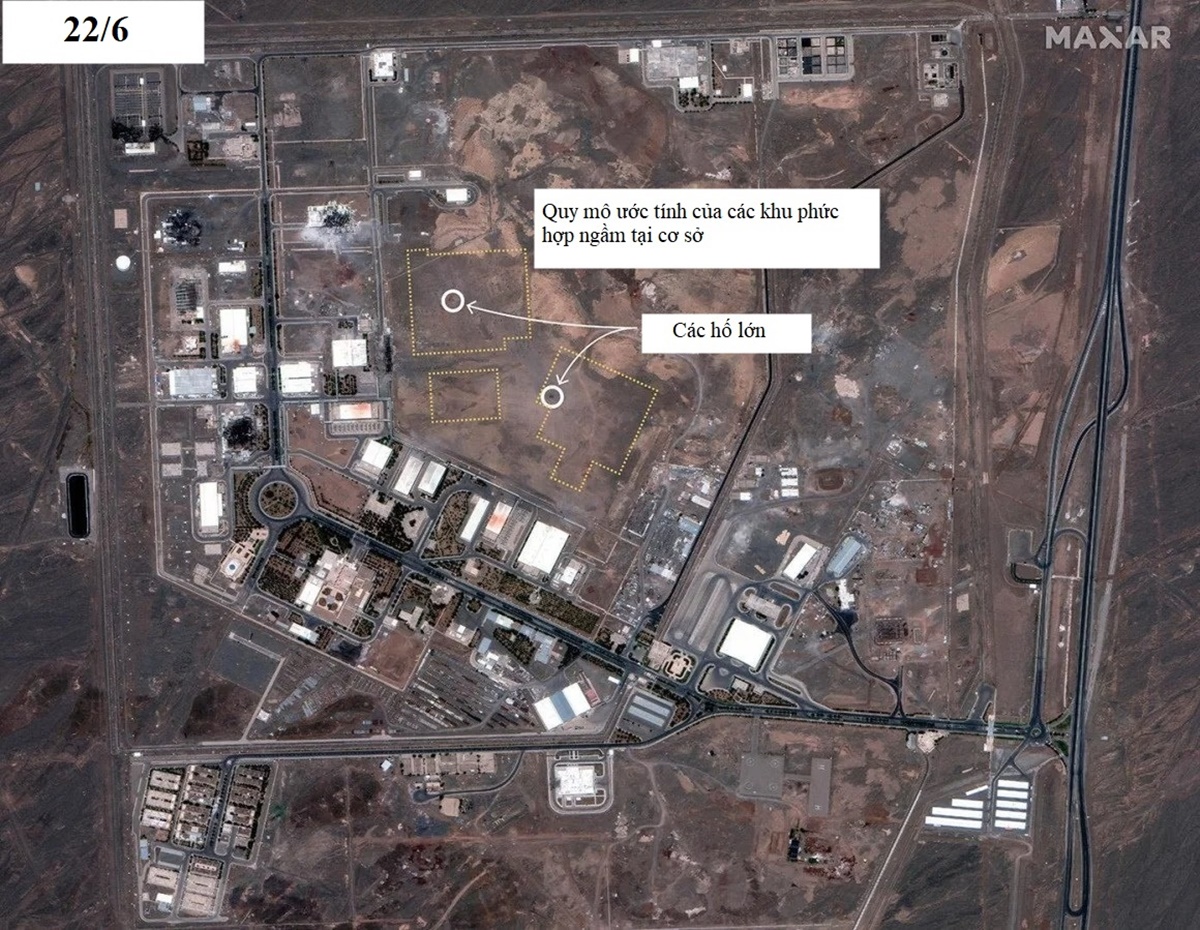 |
Satellite imagery shows two large craters above underground areas at the Natanz nuclear facility after the US airstrike on 22/6. Image: Maxar |
Natanz, Iran’s largest nuclear enrichment center, was already targeted by Israel in Operation “Rising Lion” on 13/6. The facility comprises six above-ground buildings and three underground structures housing centrifuges, the key technology for enriching uranium into nuclear fuel.
The above-ground facilities were damaged in the initial Israeli attack. According to the IAEA, the Israeli strike damaged the plant’s electrical infrastructure.
While the extent of direct damage to the underground facilities from the Israeli attack is unclear, the IAEA reported that the power loss in the underground centrifuge hall “may have damaged the centrifuges there.”
The US also targeted Natanz in Operation “Night Hammer.” The US Department of Defense reported that B-2 bombers dropped two GBU-57 bombs on the facility. A US Navy submarine also launched 30 Tomahawk cruise missiles at Natanz and Isfahan.
CNN’s satellite imagery analysis reveals two new craters at Natanz, likely caused by GBU-57 bombs. According to Maxar imagery, the two craters—one approximately 5.5 meters in diameter and the other about 3.2 meters—are directly above the underground complex.
The extent of underground damage at Natanz is unknown, but because it’s less fortified than Fordow, the GBU-57 bombs, with a blast radius of 300 meters, likely caused significant damage to the underground structures.
Isfahan Complex
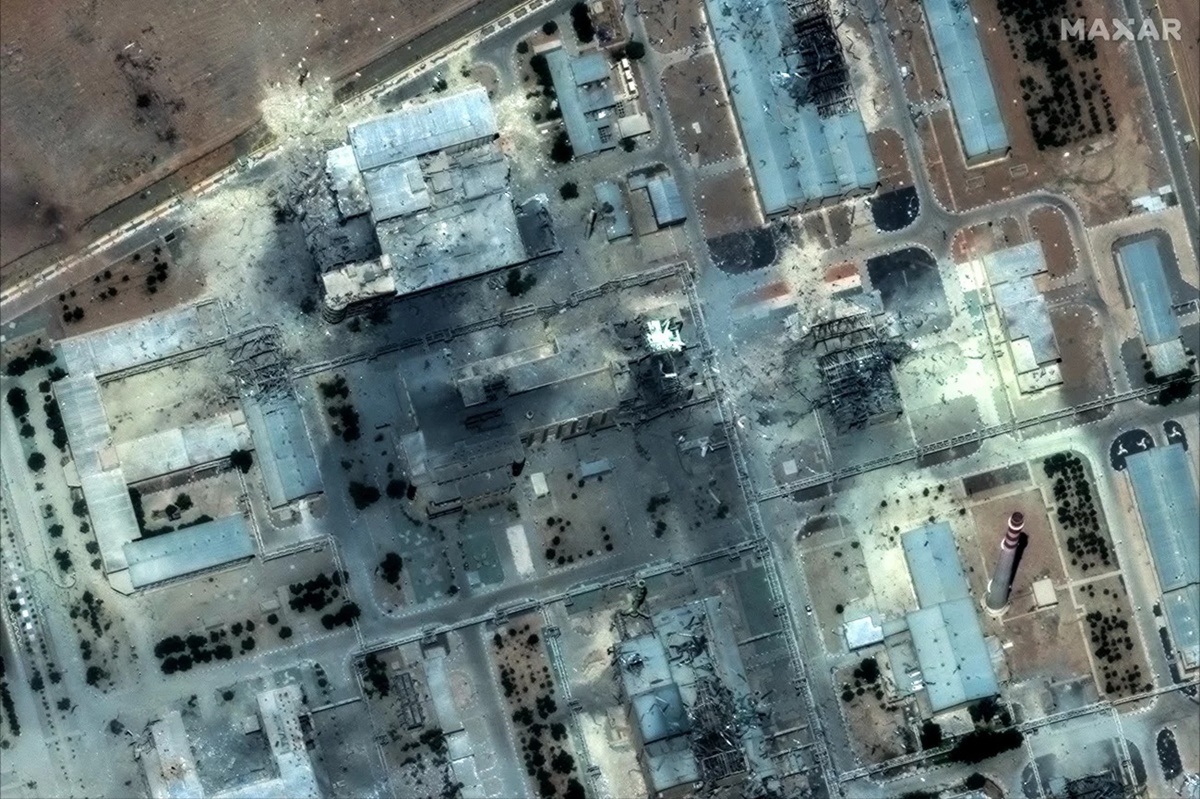 |
Satellite imagery shows damaged buildings at the Isfahan nuclear facility. Image: Maxar |
Isfahan, a city in central Iran, houses the country's largest nuclear research complex.
According to the non-profit Nuclear Threat Initiative (NTI), this facility was built and became operational in 1984. Isfahan employs around 3,000 scientists and is considered the “heart” of Iran's nuclear program.
Satellite imagery shows that after the US Tomahawk missile strikes, at least 18 structures at Isfahan were either completely destroyed or partially damaged. The area is visibly darkened by the attacks.
Albright states that initial reports indicate the US also targeted a network of tunnels near Isfahan, “where Iran often stores enriched uranium.”
He adds that if confirmed, this would suggest the US is attempting to destroy Iran's stockpile of 20% and 60% enriched uranium. Weapons-grade uranium requires 90% enrichment.
An ISIS assessment released late on 22/6 concluded that Isfahan suffered "heavy damage." The complex's main uranium conversion facility, which converts natural uranium into gaseous form for centrifuges, was severely damaged.
Tunnel entrances to the underground complex were also damaged, with at least three of the four entrances collapsed.
ISIS noted that satellite imagery from 20/6 showed earth covering the tunnel entrances.
“This could be a precautionary measure to limit the impact of explosions or prevent hazardous materials from escaping,” the ISIS assessment stated.
At a Pentagon press conference on 22/6, US Joint Chiefs of Staff Chairman Dan Caine stated that a US submarine “launched more than 10 Tomahawk cruise missiles at key ground infrastructure” in Isfahan.
Despite this, Jeffrey Lewis, a professor at the Middlebury Institute of International Studies at Monterey, California, and an expert on Iranian nuclear facilities, believes “many important targets remain untouched.”
“If the US strikes stop here, it will be an incomplete attack,” he said.
Lewis believes the strikes haven’t reached Iran's highly enriched uranium stockpile. “As of today, Iran still possesses this material, and we don't really know where it is,” he said.
Albright agrees, suggesting that days before the US airstrikes, Iran moved a large quantity of enriched uranium from Fordow, meaning “this operation is not over.”
“Trucks were seen at Fordow before 22/6, likely transporting the enriched uranium stockpile elsewhere,” he said.
The IAEA estimates Iran possesses over 400 kg of 60% enriched uranium 235, enough to build about 10 bombs if further enriched to weapons-grade 90%, according to independent experts. Albright says this 60% enriched uranium is stored in relatively small containers, easily transportable by vehicle.
While Albright believes Iran's nuclear program has suffered damage, he acknowledges its potential for recovery.
He suggests Iran may possess thousands of unassembled centrifuges at Natanz or Fordow. They could quickly move the uranium to a secret facility for enrichment to 90% for nuclear weapons. However, even then, Tehran would need further steps to weaponize the uranium.
Albright argues that despite setbacks, Iran’s nuclear capability hasn't been completely “wiped out,” as Trump claimed. The only way to truly end it is through inspections by international monitoring agencies and cooperation from the Iranian government, likely through a diplomatic agreement, not airstrikes.
“Even the most precise bombing campaigns probably won't get us where we want to be,” Lewis said.
 |
Mechanism of the US GBU-57 bunker buster bomb. Click on the image for details |
Vu Hoang (According to CNN, NPR, AFP, Reuters)



